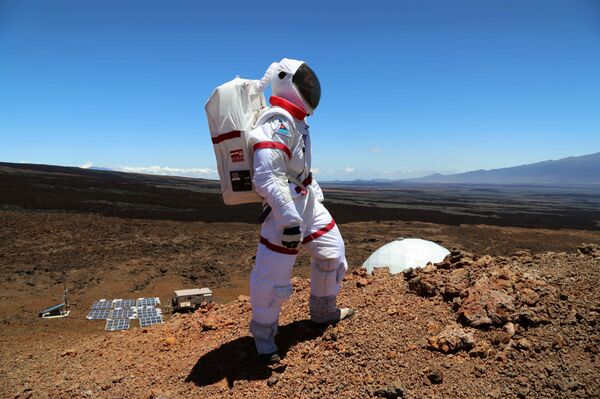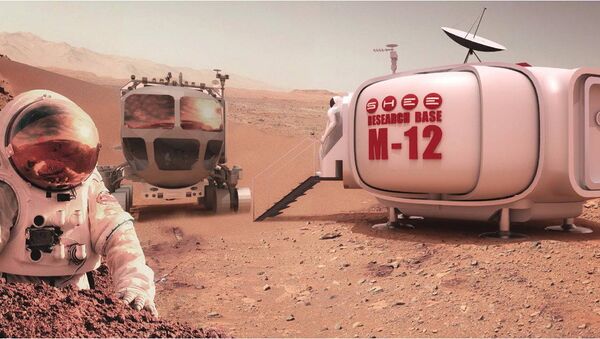SHEE is developing domiciles to be deployed on alien worlds, the brain-child of architect Ondrej Doule, to be used as the European Space Agency’s first autonomously deployed space habitat. The SHEE habitat is a hybrid structure comprised of rigid, inflatable and robotic components. The prototypes would integrate living and workspace to optimize as much as possible a comfortable alien dwelling.
The project has received funding from the European Union’s Seventh Framework Program for research, Technological Development and Demonstration. Autonomous extraterrestrial construction has been the method of consensus of initial colony formation because human labor in space or on an alien planet’s surface would simply be too risky. Atmospherics, electromagnetism and gravity, amongst other conditions, present too many unknowns for humans to be the primary constructors.
"As with every prototype, there are issues that have to be addressed after first uses and transport, and also continuous integration that started in Estonia, so we are optimizing the system instantly," said Doule.
Doule is quite busy trotting around the world for this project. He is the chair of the American Institute for Aeronautics and Astronautics (AIAA) Space Architecture Technical Committee, and is an assistant professor at the Florida Institute of Technology’s Human-Centered Design Institute in Melbourne, Florida. He is also the founder of the Czech Republic’s Space Innovations virtual studio, and is constructing one part of the SHEE at the Estonian University of Tartu.
He will soon travel to the International Space University of Strasbourg, France, where he and a team will test SHEE without humans so it could construct itself and operate for 14 days in an alien environment.
Later, a dusty environment in Spain will serve as a test zone for environmental functionality of robotics. Ongoing research to increase efficiency will help minimize SHEE’s ecological footprint.
"The analog environment is located in Spain, where the SHEE should serve as a base for human-robotic interaction tests," Doule said. "This is the place where the SHEE gets dirty for the first time, and we will discover its capacity to work in dusty environments with its inflatable seals."

SHEE also has potential for use in disaster areas. It’s partially autonomous subsystem and self-deployability could become a standard for temporary housing and relief from the elements without the need of connecting to pre-existing infrastructure.




